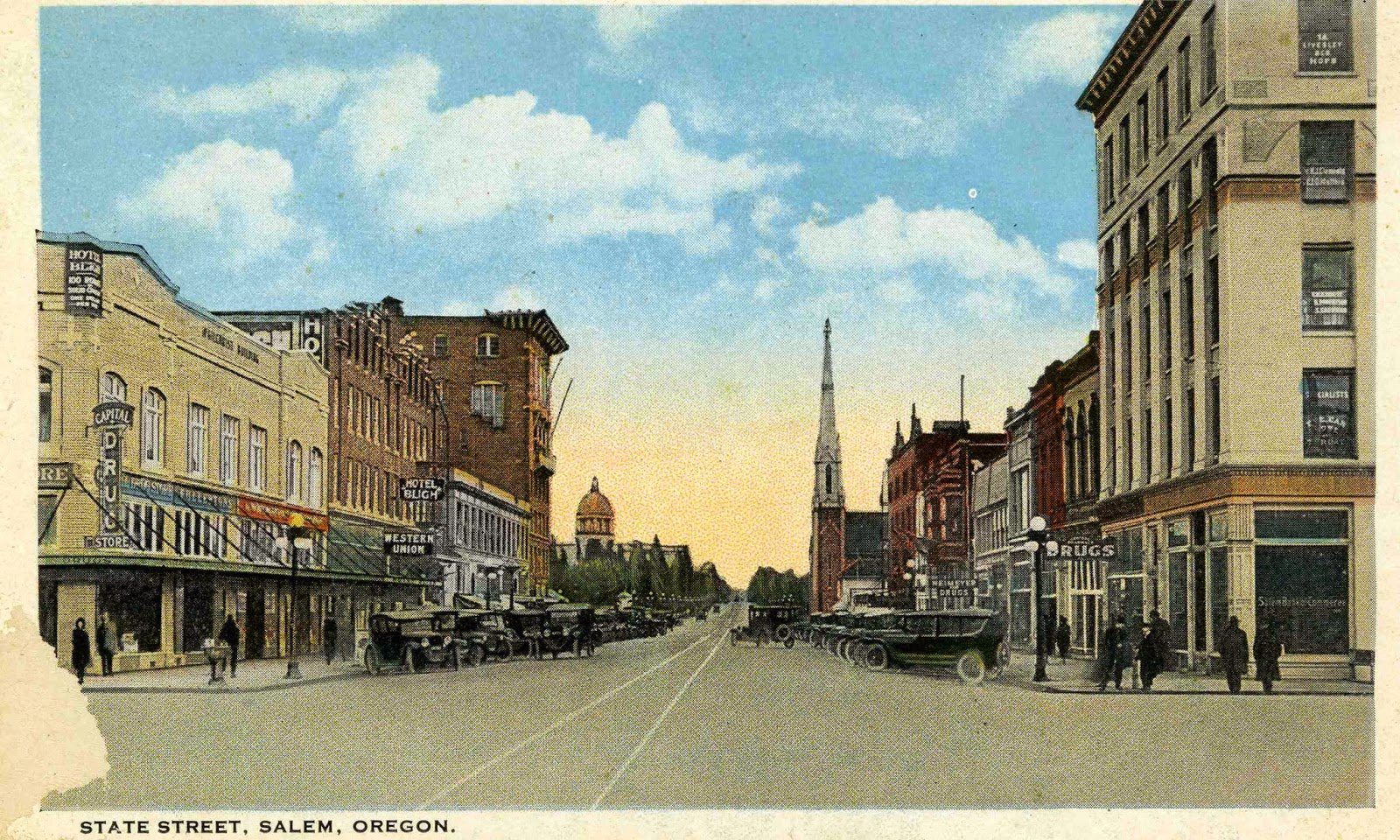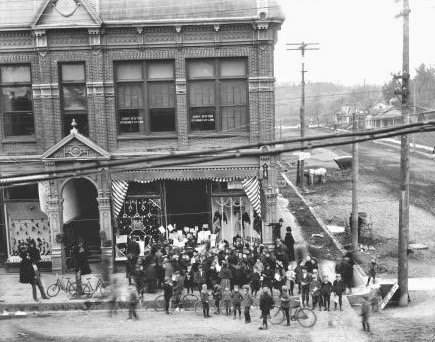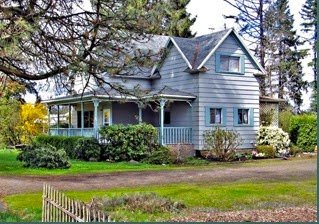- Queen Victoria dies on January 22 at the age of 81. Her son becomes Edward VII. (He is the great-grandfather of Elizabeth II.)
- William McKinley, 6 months after his second inauguration, is assassinated on October 21st at Buffalo, N.Y. Pan-American Exposition: Vice President Theodore Roosevelt becomes the 28th U.S. President.
- A month later, Roosevelt invites African-American leader, Booker T. Washington, to the White House. Southerners react angrily at the visit and racial violence increases in that region. Booker’s autobiography, Up From Slavery, published this year, is a best-seller.
- In foreign relations, Roosevelt advised, “Speak softly and carry a big stick”.
- The Hays-Pancefote Treaty cedes control the Panama Canal to the U.S.
- J. P. Morgan’s US Steel is the first billion-dollar corporation.
- Guglielmo Marconi, the inventor of radio, sends a signal spanning the Atlantic Ocean: Cornwall, England to Newfoundland, Canada.
- August Deter is examined by German psychiatrist Dr. Alois Alzheimer, leading to a diagnosis of a condition to be known by the doctor’s name.
- Influential new book: The Octopus by Frank Norris. It depicts the conflict between traditional ways of life (farming) and the power of industry (the railroads).
In Salem
This undated photograph of Court Street shows the commercial architecture of this period. To the left, the 1877 Italianate England Block where “Wades,” sells agricultural and household equipment, later pioneering the use of sprinkler irrigation equipment known as “Wade Rain.” W.S. Fitts acquired this building in the mid-1920s. In 1901 he had opened Fitts Fish Market in the 400 block of Court Street, between Liberty and High Streets. On the opposite side of the street (to the right in photograph) is the “White Corner” mercantile store of the Breyman Block. Further down Court Street is the Reed Opera House and Odd Fellows Hall.
When you visit
Both corner buildings were extensively renovated after World War II, removing all decorative elements to achieve a more modern style. “Fitts” is still in business after over a hundred years, but is now in a different location. The decorative “FITTS” sign, featuring a fish, has been retained by the business and decorates its present-day facade on 12th Street. The downtown corner shown above is featured in the SHINE Historic Downtown Walking Tour slide show.
Other events
- The ninth grade is added in East School.
- Rural mail routes are established outside city limits and federal funds were allocated for a Salem post office building and construction began on a site near the Marion County Courthouse for Salem’s first federal post office. The two-story steel and brick edifice would feature Oregon products; granite and sandstone from Ashland, brick and interior woodwork of Salem manufacturer. The relocated building is now the Gatke Building at Willamette University.
- A train wreck occurs near the Salem rail station. An engineer and fireman are killed.
- According to the Capitol Journal: While F.R. Funk, who supported his family by hauling wood, was driving across the track of the Salem Light & Traction Company’s State Street car line, was involved in an accident that caused the death of one of his mules. The trolley wire on the State Street line was broken and lying in the street, and the animal, stepping on the deadly wire, received the full force of the current and dropped dead in its tracks. Mr. Funk has called on the management of the company for a settlement, but refuses $90, asserting that he could have $100 for the mule.
- The Oregon Statesman reports that “The Capital City has an excellent sewerage system and has one of the best and most complete water works systems on the coast. Salem also has a well-equipped and popularly conducted fifteen miles of road-bed, an electric light and power company, a gas light company and a paid fire department.”
- McEvoy’s is a shop in the Bush-Breyman Building. A photograph of this year is in several local collections. It seems to record a celebration, or sale, at the shop with a crowd of young boys clustered at the doorway and on the sidewalk, many holding sheets of paper. Several are turned toward the camera in an upper floor across the street. Notice the unpaved streets and the seemingly unoccupied city lots looking toward the river. Riverfront property would would be used for industry for the next century ~ until the development of our Riverfront Park.
- The Brown House, now a Local Landmark, is built on 21st Street in the present SESNA neighborhood. Rebecca N. Shenafield purchased the lot in 1901 and she is recorded living in this house with her carpenter husband, Isaiah Shenafield, the next year. In 1910 Charles E. and Margaret Brown bought the property; Mr. Brown was listed as a farmer and later was employed as an electrician for Pacific Telephone and Telegraph. Charles Brown died 1915, but Margaret Brown continued to live here until 1937.
- On a large farm several miles south of the city (on the present Boone Road) the Dent farmhouse is built. The farm property stretched north from this homestead to the present Hrubetz Road and east to Commercial Street. In addition to the responsibilities of his property, Mr. Dent worked at the State Hospital. After his retirement, he moved to another nearby residence, selling the farm to his niece and her husband, Marie and Richard Chesley. The farm home property became the Boone Road Nursery, later known as Chesley Flowers. The general profile of the house retains the original character of the more than 100 year-old home. It is in the Faye Wright neighborhood of South Salem.
- The Oregon Historical Society is organized with a first duty to recognize the Champoeg territorial meeting of 1843 by erecting a memorial at the site of this town, drowned in the 1861 flood.
- In January, 1896, the First Church of Christ Scientist, Salem, Oregon, was officially organized with the congregation meeting in a rented room at the corner of Court and Liberty streets. The Second Church of Christ Scientist, Salem, Oregon, was organized in 1900, and in 1901, purchased a lot on the south side of Chemeketa St. between High and Liberty streets. Here, the first Christian Science Church to be built in the state of Oregon was constructed. It was dedicated on Easter Sunday April 12, 1903. This handsome building was demolished in 1963.




One Comment